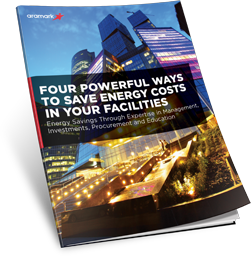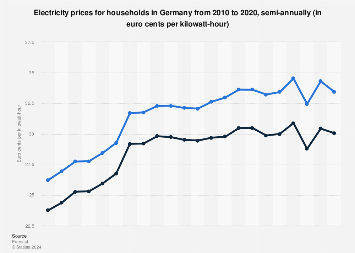
Bioenergy with carbon catch and storage (BECCS) manages the fossil fuel byproducts brought about by biomass and bioenergy age.
It works similarly to standard carbon catch and storage. Carbon is gotten at the creation point, for the most part in a heater or power plant. It is transformed into the fluid-structure, then, at that point, shipped and stored underground, frequently in old coal mineshafts or permeable stone developments- Power to Choose energy .
BECCS might make bioenergy processes carbon negative, really eliminating carbon from the environment. Plants utilized as biomass retain carbon while developing, and that carbon is delivered when consumed to make biofuels. In any case, carbon stays caught during creation avoiding the climate and balancing any carbon made when biofuels are utilized.
What number of Carbon Emissions Does Bioenergy Emit?
Both the cost and fossil fuel byproducts of bioenergy are trying to compute. The numerous factors incorporate biomass source, process type, area, and scale, and that’s only the tip of the iceberg.

One review found bioenergy discharges practically identical to hydropower and flammable gas once you incorporate lifetime outflows, activity, development costs for creation, impact ashore use, and direct emanations. Solar, thermal power, and wind energy are the cleanest, and coal is the dirtiest fuel.
Bioenergy attached with carbon catch thumps everything’s hands since it eliminates carbon from the climate. Carbon catch can assist businesses that with transmitting carbon dioxide become carbon impartial by permitting them to carbon offset.
Bioenergy is a different and captivating part of sustainable power. Generally speaking, it seems to be a reasonable land and asset the board approach that extracts the most from accessible natural matter.
Some bioenergy processes produce low fossil fuel byproducts or supplant non-renewable energy sources like gas or petroleum gas. In any case, bioenergy isn’t a panacea for all ozone-harming substance discharges. Gathering biomass can disturb the climate and produce fossil fuel byproducts.
The battle against environmental change will include bioenergy close by carbon catch, buyers changing to sustainable power sources and efficient power energy plans, government strategy, and way of life changes. Furthermore, we should not fail to remember the humor engaged with such a serious topic. There’s a sure fulfillment in feeling that a cow’s fart could before long be keeping your home warm and comfortable.
Disadvantages of Bioenergy:
Ranger service is presumably the most questionable topic for biomass. In 2018, strong biofuels like wood pellets, wood chips, and trees, made up 85% of biomass items. Deforestation likewise happens across the globe as individuals in rustic networks look for wood for cooking and warming.
Felling timberlands severally affect the climate. It can wreck a region’s biodiversity, natural life, and biological system, addressing unfortunate land use. Trees might require 50-100 years to regrow, engrossing less carbon than completely developed trees.
Some wood pellets are made by cleaving down trees instead of utilizing waste wood. The European Union imports wood pellets from the United States and those pellets traverse the Atlantic sea in oil-powered boats. It is obscure on the off chance that any of these pellets come from trees felled for this reason. In any case, the extra vehicle adds to the biomass carbon impression.
Interest for wood or other biofuel crops fluctuates and adjusts biomass quality and accessibility. Commotion for biomass has likewise pushed up costs for these once-dismissed assets.
There are a few hazardous moral points to consider too. Biofuels consume farming waste that already might have prepared fields. Energy crops are developed explicitly to use as biomass but there are 663 million undernourished individuals around the world.
Additional harvests likewise welcome extra tension on water supplies and soil quality, particularly assuming that only one yield is developed across huge regions. In addition, we can’t get away from the way that bioenergy’s biomass and cycles produce ozone-depleting substances.



